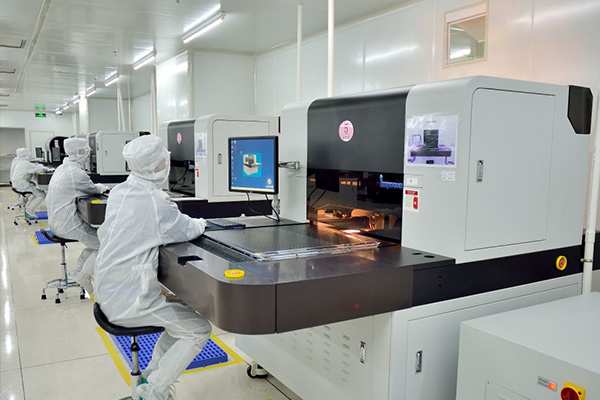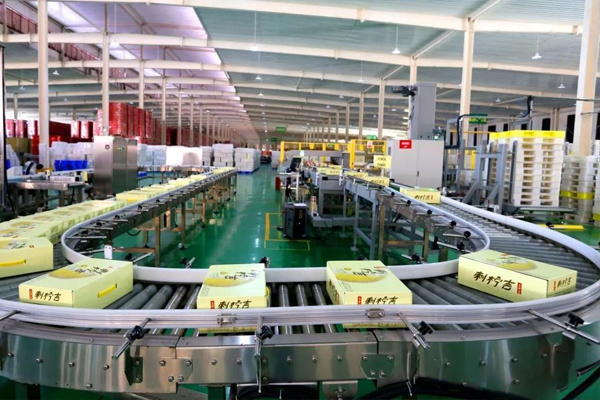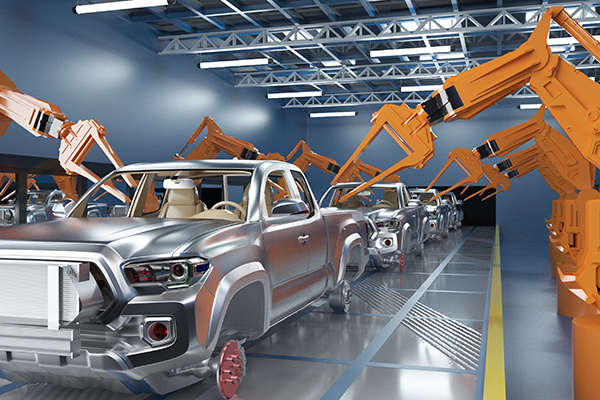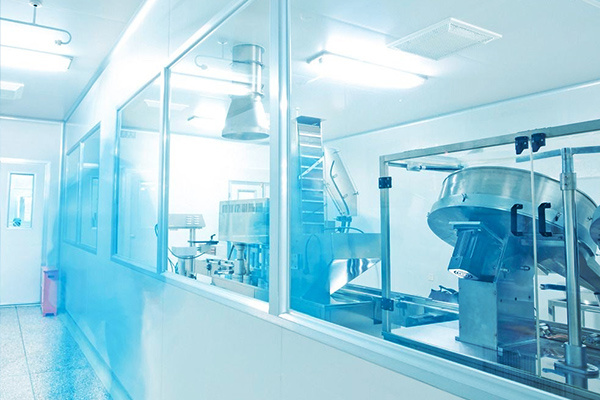A Brief Discussion on the Characteristics and Daily Maintenance of Stainless Steel Sterilizing Filters
Today's Stainless Steel Sterilizing Filter is a compressed air purifier. In addition to water, compressed air also contains oil, dust, and various odorous components. The function of the sterilizing filter is to remove oil, water, dust, and rust from the compressed air, so that the compressed air is purified. So, do you understand the characteristics and daily maintenance of stainless steel sterilizing filters? Let the editor introduce them to you next.

1. Uses imported original filter cartridges, has passed ISO9001 quality certification, and meets US FDA and WHO standards to ensure sterility.
2. The filter element is a three-dimensional non-colloidal silicon boron fiber with a filtration accuracy of 0.01μm. It can completely filter bacteria, viruses, and bacteriophages.
3. The filter element is a sandwich-type two-stage filter, supported by stainless steel, allowing gas to flow in any direction.
4. It can withstand 200℃ steam and will not reduce efficiency due to repeated disinfection. It can be reversed and played more than 1000 times.
5. The shell is made of stainless steel material and is internally polished. There are no dead corners, and it meets German TUV standards.
6. The normal working pressure is 1.0Mpa. The pressure can be customized to 6.0Mpa.
Stainless Steel Sterilizing Filter Maintenance:
(1) Open the drain valve (depending on the amount of accumulated water during operation) and drain the accumulated wastewater in the cup.
(2) Clean the filter element and water storage cup. Before blowing compressed air, clean the filter element with mineral oil. During disassembly, use a container wrench to remove the water storage cup, loosen the filter element fixing nut, and then remove the filter element. Rinse the water tank with an oily solution. Avoid cleaning with solutions such as ethyl acetate and toluene, as they will damage the hair and blur the eyes.
(3) The drain valve is open, and the dust blocks the drain channel, preventing drainage. Therefore, the drain valve needs to be cleaned and drained to remove dust.
(4) For air leakage from the drain valve, it may be due to loosening of the drain valve, and the drain valve needs to be tightened. Similarly, the drain valve may be blocked by debris and unable to close. Clean and remove the drain valve. Debris; it may also be the drain valve. The valve seat is damaged and needs to be replaced with a new drain valve.
Stainless steel sterilizing filters are essential components in the food, beverage, beer, biological, and pharmaceutical industries. It is a good choice for compressed air sterilization. The shell is made of 304 or 316L stainless steel, with a mirror-polished finish to eliminate dead corners for parasitic bacteria. The commonly used filter element materials are introduced below.
1. Non-woven filter cotton is also a material that has been used for filter materials for a long time. The technology has matured. In recent years, with continuous technological progress, the emergence of composite non-wovens has greatly improved the image of non-wovens. Compared with other filters of the same level, it has the advantages of stable quality, strong dust prevention ability, strong heat resistance, long service life, and cost-effectiveness.
2. Synthetic filter cotton is a new type of filter material and is the main development direction of future filter materials. Compared with other filter materials, it has the advantages of low resistance, light weight, large capacity, and environmental protection. Under typical filtration environments, it can completely replace non-woven fabric and glass fiber primary filtration products.
Application Industry
Relevant Cases
Product Consultation
Dedicated to provide you with quality products and professional services, please keep the phone open, We will contact you as soon as possible, thank you for your support!












